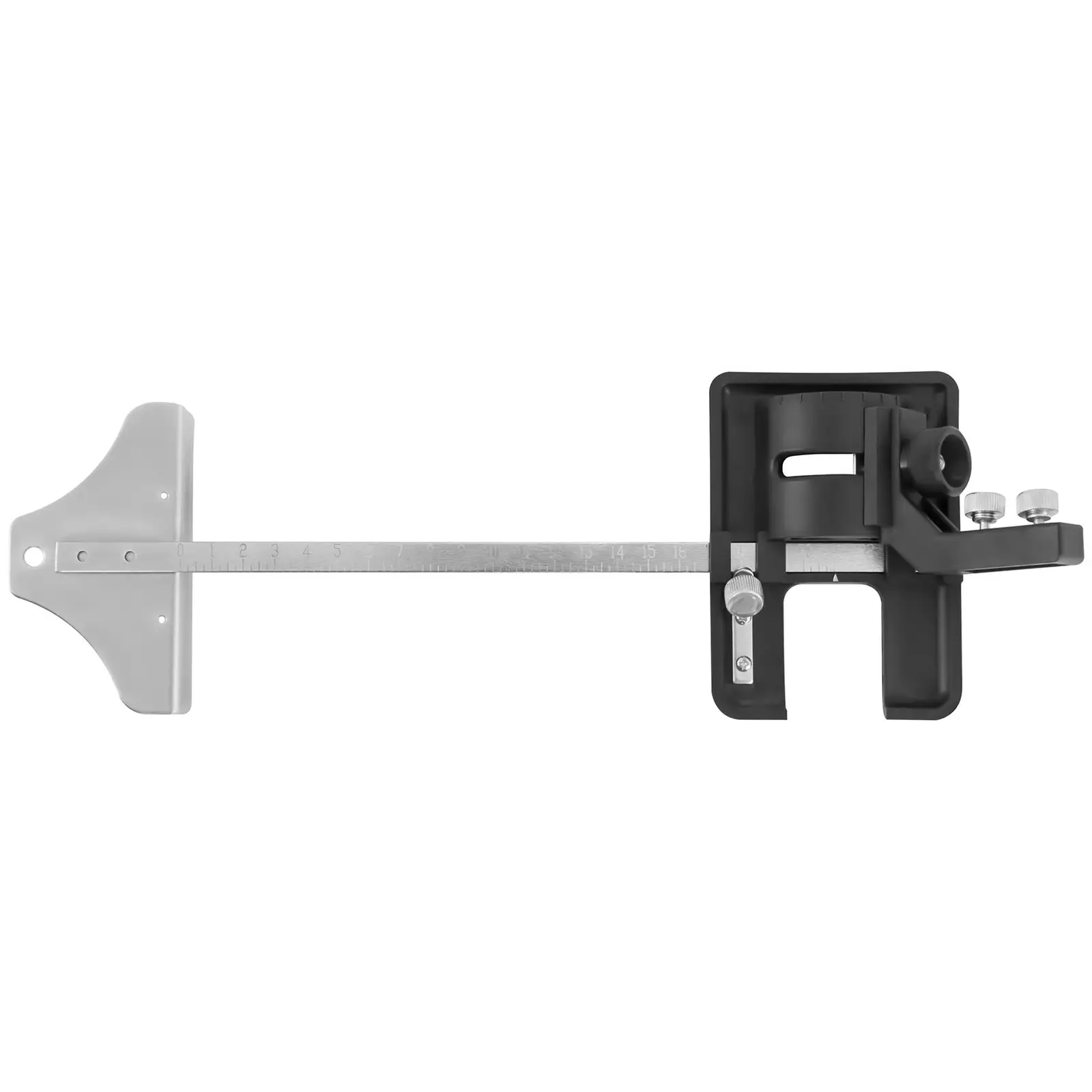If you own a house then you probably know that insulating the loft will reduce your energy losses by up to 30%! You should also do so if you plan to adapt the loft for everyday use. Read our article and find out how to insulate the loft and which materials to use.

If you own a house then you probably know that insulating the loft will reduce your energy losses by up to 30%! You should also do so if you plan to adapt the loft for everyday use. Read our article and find out how to insulate the loft and which materials to use.
- Insulating the loft: checking the condition of the roof
- Insulating the loft in different types of houses
- Old houses
- Other ways to use the loft
- New buildings
- Loft rafter insulation
- Insulation above the rafters
- What should you insulate the loft with?
- Rockwool
- Glass wool
- Polystyrene foam
- Polyurethane foam (PUR)
- Insulating the loft – summary
Using a loft can be very convenient. It is the perfect place for a bedroom or study, and can also be adapted as a children’s room. However, to make sure it is warm in winter and but not too hot in summer, the roof should be properly insulated.
The most important thing is the plan this well, with the right materials in mind. Improper insulation will not only not fulfil its basic task, but may cause additional problems in the future.
Insulating the loft: checking the condition of the roof
Before starting work on insulating your loft, you should carefully check the condition of the roof. Although thermal insulation that does not interfere with the shape of the building itself does not require permission, you should still carry out such work according to basic building best practices. When planning the insulation of your loft, you first of all need to verify the condition of the rafters and battens. The truss must be strong enough to easily bear the weight of the insulation without deformation. If in doubt, we recommend you consult a specialist who can advise you which elements should be replaced or strengthened.
The sheathing should also be in perfect condition. If you notice any leaks or holes in the roofing, repair the damage before starting any work. It is important to prevent the insulation material from getting damp. If fungus starts to form, the insulation will lose some of its insulating properties, and sooner or later nasty stains will appear on the walls, and you will feel a musty smell in the rooms. Fungi spores can also be harmful for your health, causing various types of allergies or even lung disease.
Insulating the loft in different types of houses
There are several other things to consider before starting work. First of all, do you know how the loft will be used in the future? Even if you don’t have any specific plans for using it, will it be used in the future if your family grows? This aspect is important, because the bathroom or kitchen will require additional ventilation pipes, which should be fitted early on, or at least included in the plans. A residential loft will not require a polycarbonate ceiling and walls, like those you will find on all-year patios, but access to daylight is also important, so it is a good idea to install windows in the roof beforehand.
Insulation in your loft should meet the minimum energy efficiency values set out in the Approved Documents. If it is not technically or functionally feasible, the element should be upgraded to the best standard which can be achieved within a simple payback of no greater than 15 years.
You should also check the flooring in the loft. If it has poor thermal qualities, it too will need to be insulated. This will help you avoid energy losses, and will better soundproof the rooms.
Old houses
The above issues are often encountered in older houses, which is especially important when dealing with roofs made using wooden load-bearing beams. Quite often in such cases, the loft is unfit for safe use in its current state.
The ceiling should then be reinforced, for example by creating an additional reinforced concrete support plate. You could also replace the beams with new ones. In brick buildings, steel profiles are mainly used for this purpose. The removed wooden elements can then be used for other purposes. If you want to build a patio made of wooden railway sleepers, you could also look for such elements as mentioned above, which, after being cut to the right size, will be perfect for such projects.
Other ways to use the loft
You should also insulate your loft if you only intend to use it for storage, or even keep it empty, as it will significantly reduce heat loss during the colder months. Depending on the type of building, it is estimated that between 20 and 30% of energy is lost through non-insulated roofs. The bigger the house, the more this directly affects your utility bills. Investing in loft insulation may therefore be an investment well worth the cost.
In the case of an unused loft, which you don’t plan to change into a residential one because of the ceiling height or other similar factors, the best idea would be to insulate the ceiling. This will be much cheaper (due to using much less material), as well as faster and easier to carry out than insulating the roof.
New buildings
Owners of modern houses, with roofs made of lattice trusses (which are also sometimes used for patio roofing) face a big challenge. These are ready-made elements in the shape of triangles and are laid out quite densely, which in practice makes it impossible to use the loft for residential purposes, or even storage. This technology also rules out any subsequent traditional insulation works, as there is usually not enough space for fitting foamed polystyrene mats or boards.
So how can you install insulation in such cases? The best solution would be blown-in insulation, where a loose polystyrene, wool or cellulose granulate is inserted through the holes and effectively fills the space below the roof.
Loft rafter insulation
The most common method of insulating a roof truss is insulating between the rafters by placing insulation between the rafters that for the truss. This technique is fairly easy to apply and has very good insulating properties. You can also use a wide range of materials: mineral wool, polystyrene or polyurethane plates.
Bear in mind that for such insulation to be effective, the wool layer should be approx. 8 inches. If the rafters are thinner, a special grate should installed at the bottom, which can be quite time-consuming. Another disadvantage is the relatively frequent occurrence of so-called thermal bridging, as well as a tendency to condensation. The work should therefore be carried out very carefully, not forgetting about ventilation gaps or the use of a vapour-permeable material.
Another disadvantage is covering the rafters, which can make it difficult to achieve the desired visual effect. The exposed wooden rafters will give the roof a rustic feel, whether you want it or not!
Insulation above the rafters
A very effective – albeit more expensive – method of insulation is laying insulation boards above the rafters or roof boarding. This technique is highly durable, has exceptional thermal properties (no thermal bridging) and provides even load distribution over the entire roof surface. Insulating above the rafter is therefore much cheaper in the long run, giving you a quicker return on the initial relatively high investment.
A significant advantage is the possibility to leave exposed wooden elements, although you can also mask them with plasterboards if this is not the look you are after.
What should you insulate the loft with?
The choice of insulation material depends on many factors. Important aspects – on top of your budget – are the type of loft, the insulation method, as well as, for example, previous experience and skills of the contractor. Below we present the most popular materials, with a brief overview.
Rockwool
One of the most commonly used materials for thermal insulation is rockwool, which is produced naturally during volcanic eruptions when high winds flow upon lava streams of basalt or diabase. Above all it is ductile and easy to shape, making installation very quick and efficient. It is also fire resistant and water repellent, which means it is also resistant to rot, mould and mildew growth, contributing to a safer indoor environment. Rockwool also has good soundproofing properties. A disadvantage is that new blocks can contain a lot of dust, which is potentially harmful to your health, so make sure you protect your mouth and skin during installation.
Insulating a loft with mineral wool. Mineral wool is a very universal material, suitable for both insulation between the rafters and ceiling insulation, as well as insulating even small architectural elements.
Glass wool
Glass wool is an insulating material made from fibres of glass arranged using a binder into a texture similar to wool. It has similar properties to rockwool and can usually be treated as an alternative for residential applications. The main differences are that it is less fire resistant and has a lower compressive strength. It is also cheaper.
Polystyrene foam
Polystyrene foam has various uses. Its main advantages are:
- its low price,
- easy cutting and grinding,
- it provides very good thermal insulation.
Disadvantages of polystyrene are its poor acoustic insulation, potential thermal bridging and permanent deformation. However, the common opinion that it has poor water vapour permeability is a myth.
Due to its tricky installation and the need to additionally seal the gaps, it is rarely used for insulation between the rafters. Polystyrene granulate, on the other hand, is perfect for blow-in insulation, and polystyrene boards can be used for insulation of ceilings in the case of unused lofts.
Polyurethane foam (PUR)
Polyurethane foam is a material used for spray foam insulation. It is recommended as very effective for filling gaps (no thermal bridging), as well as its excellent thermal and acoustic insulation and protection against moisture. It also has good adhesive properties in the case of commonly used building materials, which makes it possible to use it in almost any loft. It is also very durable, and assembly is quick and easy.
Due to the growing demand for such services, when setting up a construction company people often decide to purchase a special machine for insulation using polyurethane foam. However, this method requires a lot of experience, so choosing a properly qualified contractor is crucial. Another disadvantage of PUR foam is its high price.
Insulating the loft – summary
When choosing the insulation method, you should take into account a number of factors: the type of roof, the type of house and the desired effect. Your available budget is also important, as the materials differ greatly in price. And bear in mind that in practice using cheaper materials such as glass wool, as long as it is properly fitted, will let you achieve satisfactory results. On the other hand, using more expensive materials such as PUR foam, which is widely considered to be the best insulating material for lofts, will only provide better results if it is professionally fitted. The same applies to insulation above the rafters, which can provide long-term saving, but can also require costly repairs if poorly installed. You should also remember to provide adequate ventilation of the roof, use the same insulation for the whole surface, and properly connect plasterboards, if used.
It is therefore best to choose an experienced contractor, or if you do it yourself make sure you properly prepare for it and follow the manufacturers instruction for installation. Good quality power tools will also make your job much easier and more efficient.











Share